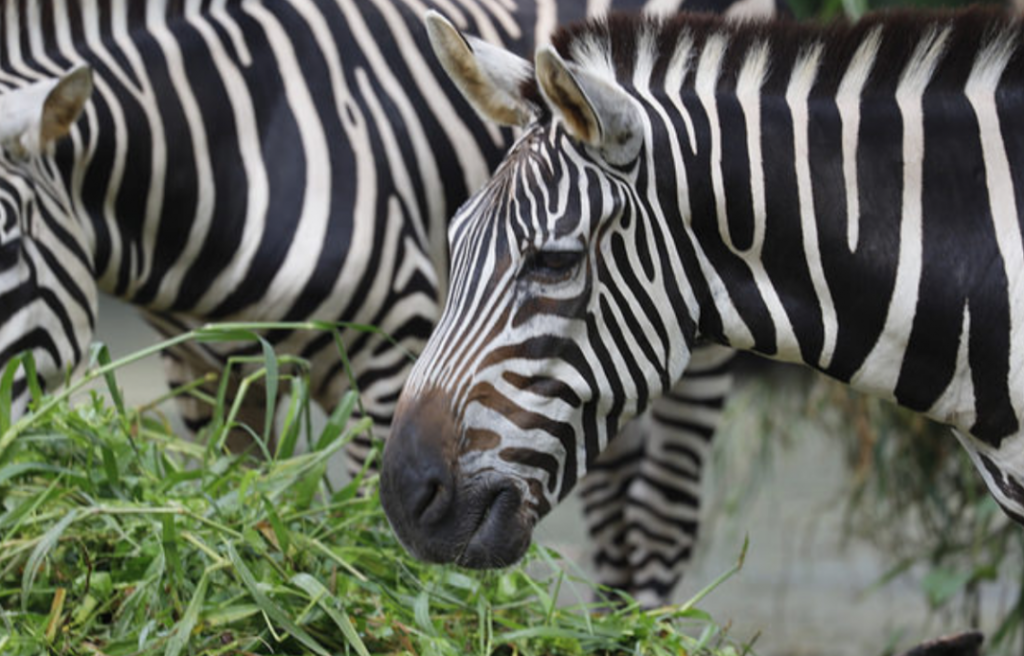This Wildlife Photography outing with Julian is by far one of the most enriching and fruitful photography walk organised by Canon Singapore. The pool of instructors, who worked with Canon Singapore, are all really experienced. Even though it is just a photography outing to Singapore Zoological Gardens, it felt like a workshop to wildlife photography as Julian shared with us his precious tips on wildlife photography in general and was there to answer any of our queries on wildlife photography.
Julian is a wildlife photographer who often shoots in Africa for various media organizations. He only knows how to shoot animals but is also knowledgeable about animals in general. During the photography walk, he shared with us many interesting facts about the various animals in our Singapore Zoo and also some of his personal encounters with animals. An animal whisperer? He sure is! It helps that Julian was very friendly and approachable too. His friendly vibes rubbed off on the other participants who were also very eager to share their photography experiences and tips.
Since it was organized by Canon Singapore, we were able to loan some Canon camera lens and bodies to test it out during the shoot. For wildlife photography, you would preferably want to use a good zoom lens so that you can have beautiful close-up shots of the animals from a safe distance. You wouldn’t want to get too close to wildlife, would you?
I was using Canon 6D Mark II together with Canon EF100-400mm f/4.5-5.6L IS II USM lens. I have never used a telephoto zoom lens before but I had such a wonderful experience using this lens. It’s like my third eye – as it allows me to see the animals so clearly from afar. I could even see the texture of the fur on the animals and the twinkle in their eyes! Though the lenses, you would be able to see right through their eyes and I could feel this immediate connection with the animal when they look right into your lenses. It was pretty surreal and amazing at the same time.
The whole camera set-up is, of course, very heavy and I got used to its weight after a while. It’s worth investing in such great quality telephoto lens if you’re into wildlife photography. In fact, Julian shared that the Canon EF 100-400mm is one of his favourite Canon telephoto zoom lenses.
 |
Cotton Top Tamarin |
This was one of the first animals I captured using Canon’s telephoto zoom lens. Shooting animals is a different ball game altogether because unlike human photography, you can’t really communicate verbally with animals. Instead, you will need to be able to predict their movements. Moreover, they aren’t always stationary. They are quick; so you got to be very patient and when they look right into your camera, you got to be quick to capture that ‘connecting shot’.
For shooting wildlife, it is best to shoot in aperture-priority mode at the widest open setting (e.g f4, 5.6 or 6.3) with ISO 400. For this shoot, I used AV mode at ISO 300 to 400 as it was rather bright that morning. Depending on the lighting conditions, you might have to slightly adjust the ISO or exposure.
Below are some of my favourite shots! We were pretty lucky that day as the animals were quite active except for the lions. It’s a pity that I was too engrossed in capturing photos of animals that I forget to note down their scientific names.
False Gavial
Meerkat
It was definitely refreshing to be shooting something different; other than food, products, portraits or landscape. This walk has opened up my eyes to the world of photography and I was inspired to venture into wildlife photography some day.






















